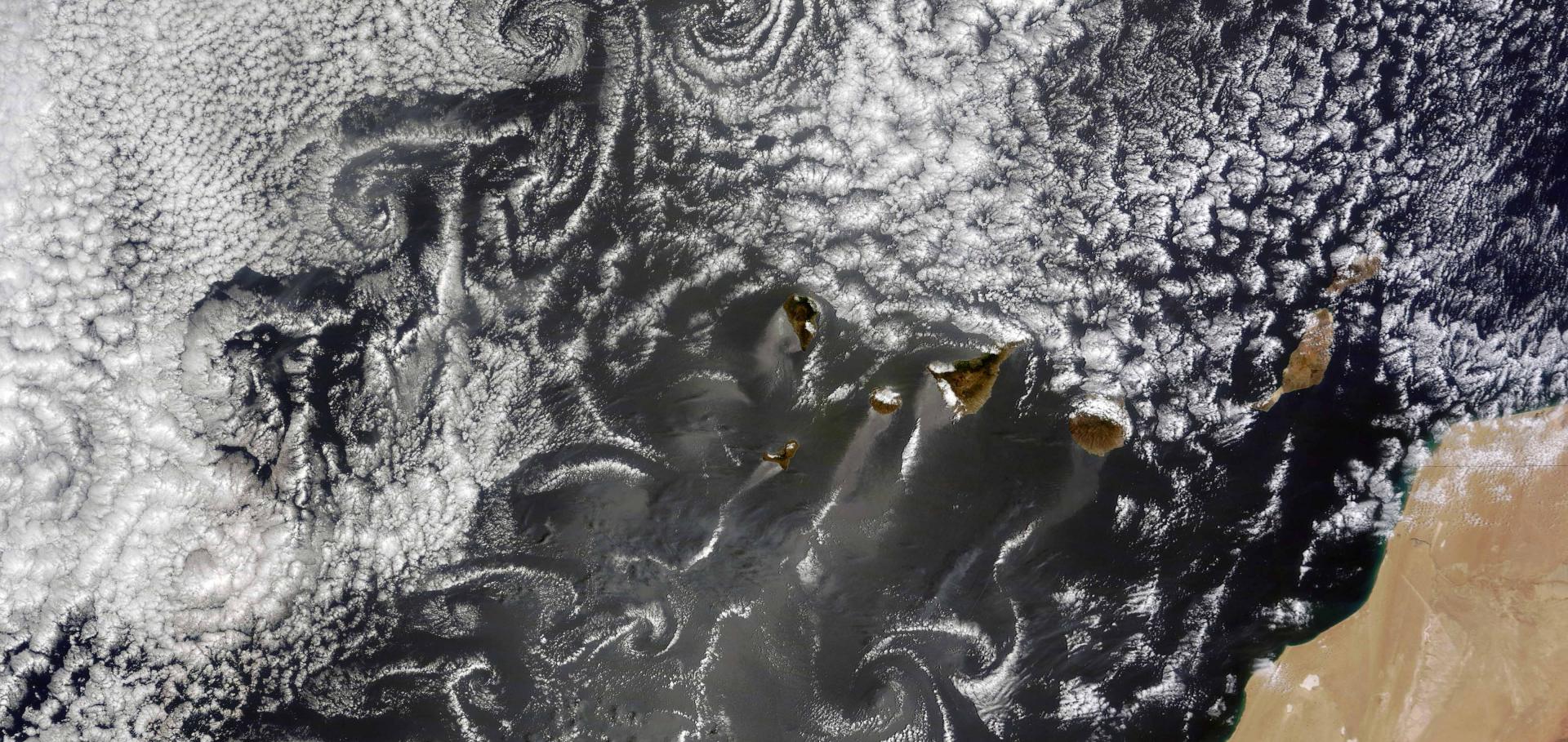The importance of temporal collocation for the evaluation of aerosol models with observations
Abstract:
It is often implicitly assumed that over suitably long periods the mean of observations and models should be comparable, even if they have different temporal sampling. We assess the errors incurred due to ignoring temporal sampling and show that they are of similar magnitude as (but smaller than) actual model errors (20–60 %).
Using temporal sampling from remote-sensing data sets, the satellite imager MODIS (MODerate resolution Imaging Spectroradiometer) and the ground-based sun photometer network AERONET (AErosol Robotic NETwork), and three different global aerosol models, we compare annual and monthly averages of full model data to sampled model data. Our results show that sampling errors as large as 100 % in AOT (aerosol optical thickness), 0.4 in AE (Ångström Exponent) and 0.05 in SSA (single scattering albedo) are possible. Even in daily averages, sampling errors can be significant. Moreover these sampling errors are often correlated over long distances giving rise to artificial contrasts between pristine and polluted events and regions. Additionally, we provide evidence that suggests that models will underestimate these errors. To prevent sampling errors, model data should be temporally collocated to the observations before any analysis is made.
We also discuss how this work has consequences for in situ measurements (e.g. aircraft campaigns or surface measurements) in model evaluation.
Although this study is framed in the context of model evaluation, it has a clear and direct relevance to climatologies derived from observational data sets.


